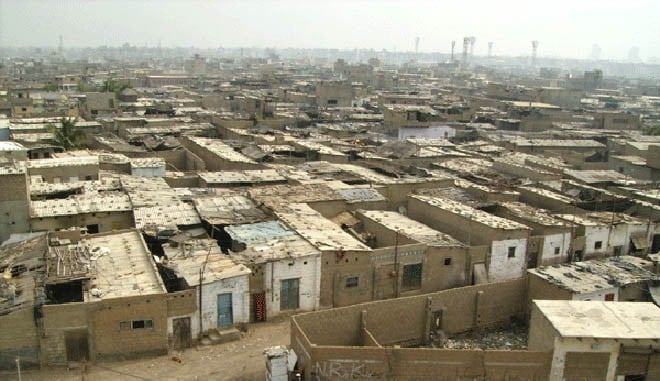

It took a report that declared Islamabad as one of the most dangerous capitals in the world for the government to spring into action. As it happened, the report was closely followed by two terrorist attacks in the capital. An immediate solution the government could come up with was to forcefully evict the ‘illegal’ katchi abadis, about 12 of them. These were said to be dens of crime that harbour ‘terrorists’.
A forceful eviction meant the government would provide transport facility to the residents to go back to the villages they came from, even if their migration came decades ago.
The residents, however, refused to take it lying down. They gathered courage, got together, and arranged for protests and sit-ins against the Capital Development Authority.
Finally, the interior ministry was forced to postpone its decision of forced eviction of katchi abadis. But not before highlighting the problem of katchi abadis in this country which is closely linked to unplanned urbanisation and the government’s lack of vision regarding the basic requirement of housing for the poor.
Once again, the crude fact was brought to light that Islamabad was designed "for the ruling elites, bureaucrats and diplomats. However, no provision for housing was made for the people serving these elites". Expert Tasneem Ahmed Siddiqui further tells us that "Housing is not an engineering issue. It’s an issue of sociology and economy of the poor".
In today’s Special Report, we have tried to look at the issue from the grassroots level. We have profiled one katchi abadi each in the three big urban centres -- Karachi, Lahore, and Islamabad. Apart from that, we have interviewed Tasneem Ahmed Siddiqui who is an expert on katchi abadis and Alia Amirali who is actively involved with the All Pakistan Katchi Abadis Alliance from the platform of Awami Workers Party (AWP).